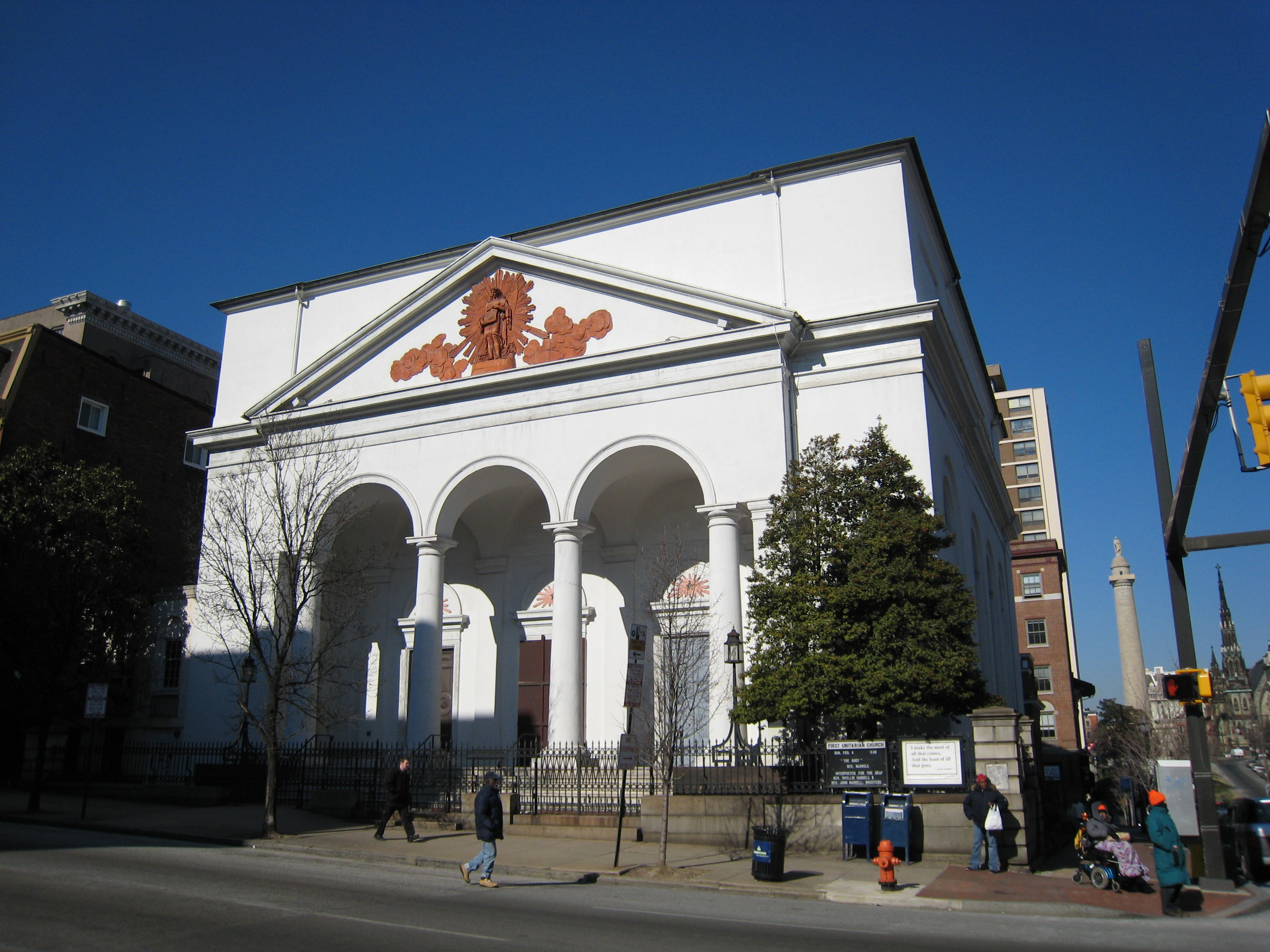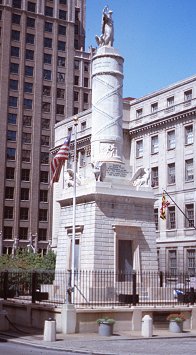This week’s Baltimore Building of the Week is the first building in the Western Hemisphere designed and built as a museum, the Peale Museum.

Another industry to make an early start in Baltimore was the museum. In 1801, the artistic Peale family (father Charles, sons Rembrandt, Raphaelle, Reubens, and Titian) opened the first American museum in borrowed or rented quarters in Philadelphia. In 1814, Rembrandt Peale commissioned this federal-style museum in Baltimore – the first purpose-built public museum in the Western hemisphere. On display were scientific exhibits like the excavated skeleton of a prehistoric mastodon as well as paintings and curiosities. In 1830, the museum closed, and the building began 45 years service as Baltimore’s City Hall. Later it served as Colored Elementary School No. 1. After restoration in 1928 it once again became a museum, this time of Baltimore municipal history. In 1976 the Peale became part of the underfunded Baltimore City Life Museums, the financial collapse of which was the greatest disaster for the city’s history since the Great Fire. Largely vacant since City Life folded in 1997, the city-owned Peale Museum is the locus of a proposal to open a center for local history organizations.



